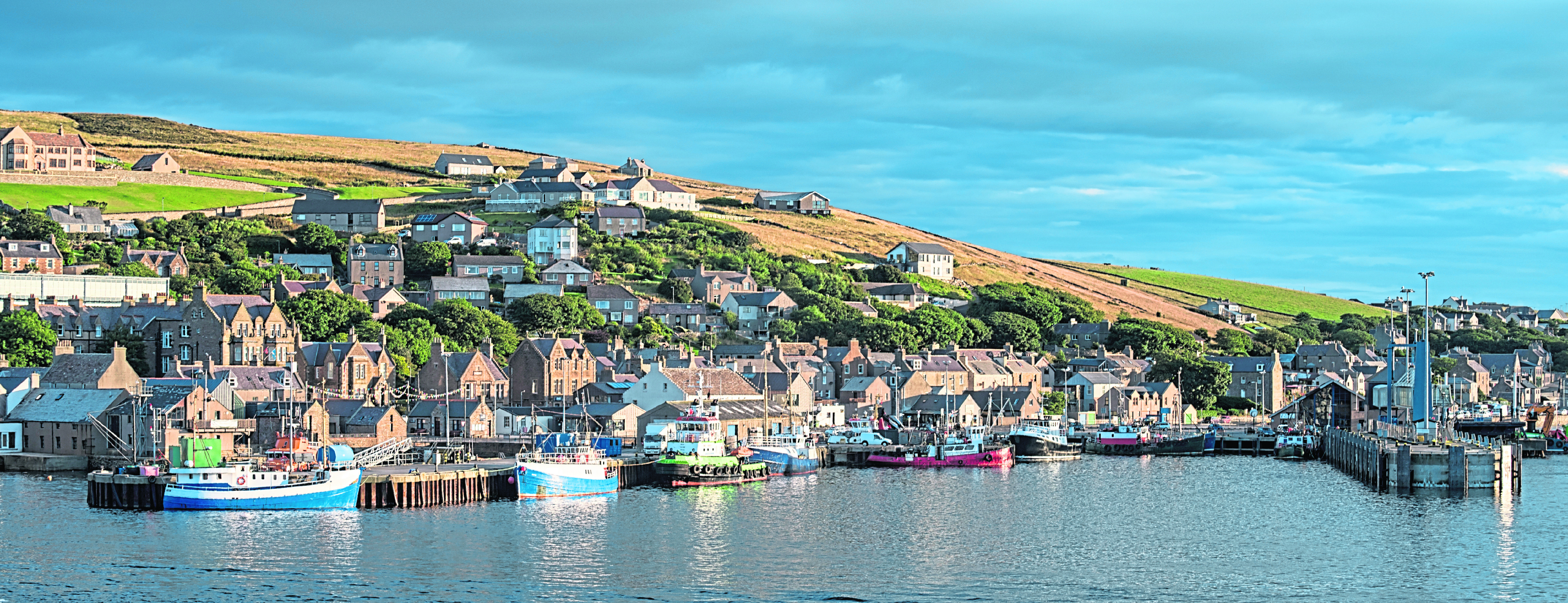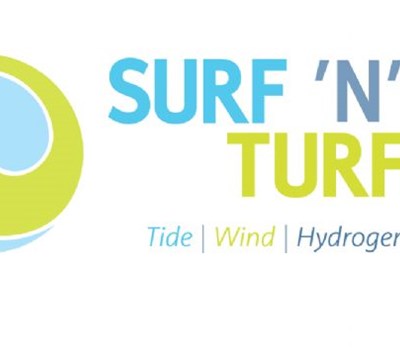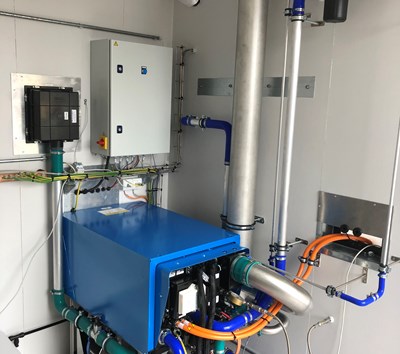Orkney is an archipelago made up of about 70 islands with a population of around 21,000 people that for many years relied on electricity generated from fossil fuels in mainland Scotland and transmitted by undersea cable. The islands seem at first glance an unlikely place to be at the forefront of a technological revolution. But increasingly, it is becoming the go to destination for anyone with an interest in renewable energy and storage, with groups of researchers, scientists and reporters visiting to learn and to accelerate development.
Orkney is a windy place, and over the years, communities in Orkney have invested in locally owned renewable energy generation, mainly wind turbines, which estimates number at around 700. With more and more renewable energy coming on stream and with the European Marine Energy Centre also providing energy into the grid from test wave and tidal devices, the islands needed to figure out what to do with the excess energy (annualised electricity generation running at approximately 20% greater than demand) as well as the associated problems of curtailment (when renewable generation needs to be switched off). There has been a predictable increase in the number of electric cars, but the Orkney also embarked on research into storage of excess energy in the form of hydrogen, rather than batteries. The situation today is that two PEM electrolyzers have been installed close to renewable generation assets; one on Eday and the other on Shapinsay, to produce hydrogen, as part of the EU funded Surf'n'Turf and BIG HIT projects. It is estimated that they will produce about 50 tonnes of hydrogen (which roughly equates to about 250 tonnes of diesel accounting for calorific value and the higher efficiency of fuel cells compared to internal combustion engines) each year which will be transported to Kirkwall by ferry on tube trailers to power a 75kW fuel cell that supplies heat and power for several harbour buildings, a marina and 3 ferries when docked (cold ironing).
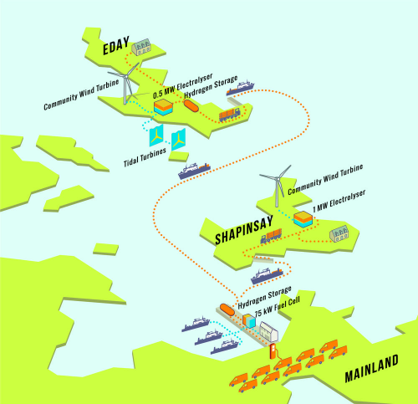
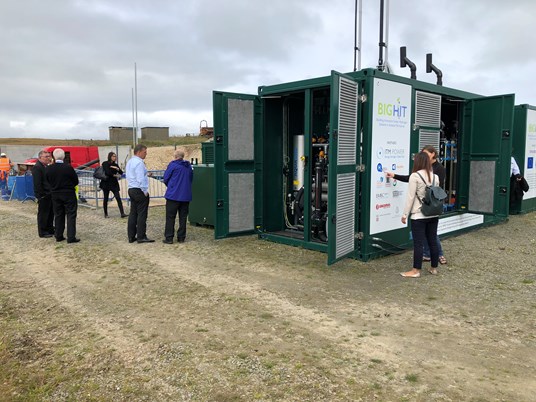
Having been the recipient of extensive R&D funding looking into hydrogen infrastructure - production, storage, usage on land, Orkney began to turn their attention to the ferries that connect the islands. Below is an overview of the routes and the ferries that are operated by Orkney Islands Council. There are also other ferries operated by Northlink and Pentland Ferries that connect Orkney with the mainland.
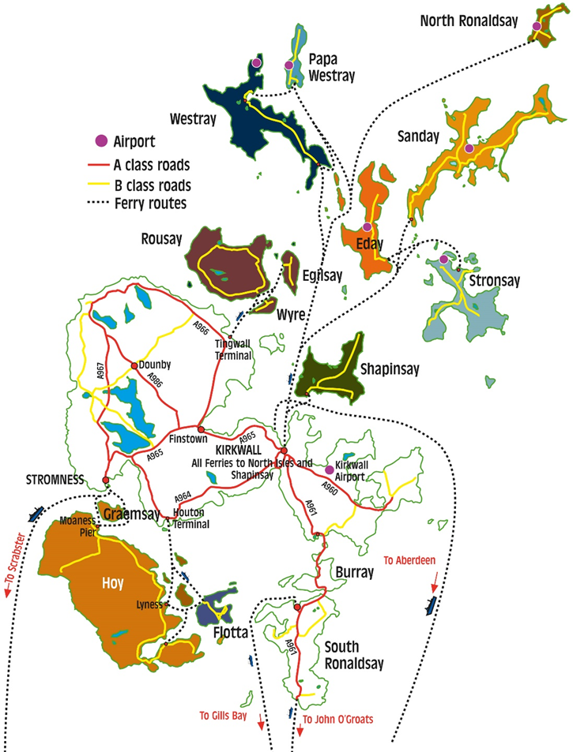
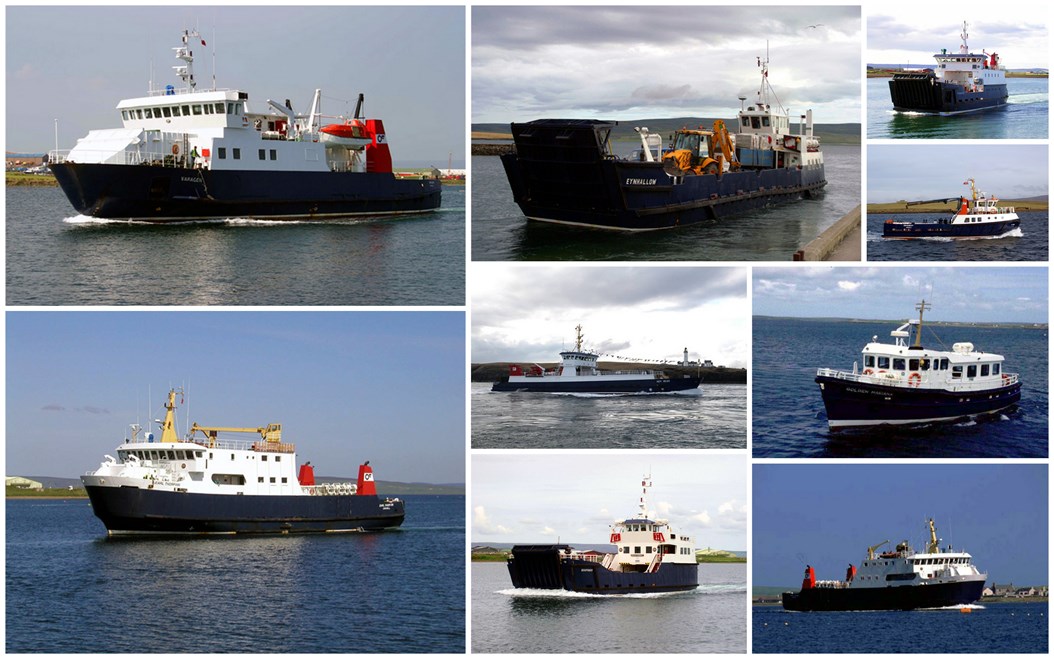
The first steps to be taken to power ferries with hydrogen at sea is under the HyDime project which is a 12 month project looking into retrofitting the Shapinsay ferry with a hydrogen injection system to power the 75 kW auxiliary engine as well as how this system will interact with a shoreside hydrogen storage solution. The shoreside bunkering solution is being simultaneously developed under the Dual Ports Hydrogen Pilot. These two project prepare the ground for the introduction of a new Shapinsay ferry powered completely hydrogen fuel cells which will be developed by the Hyseas III project.
